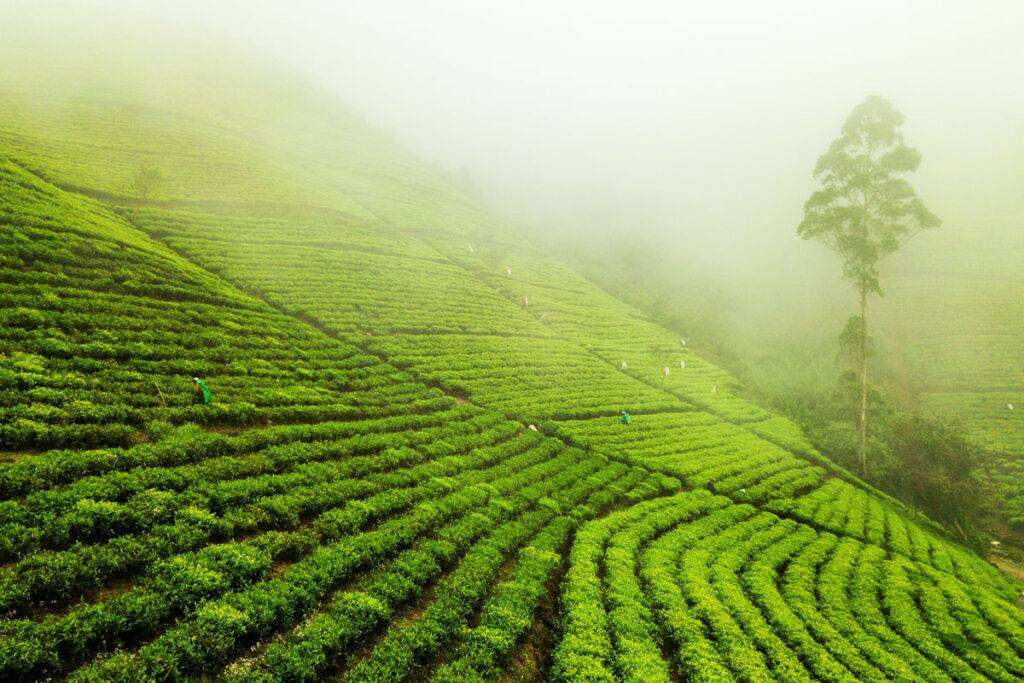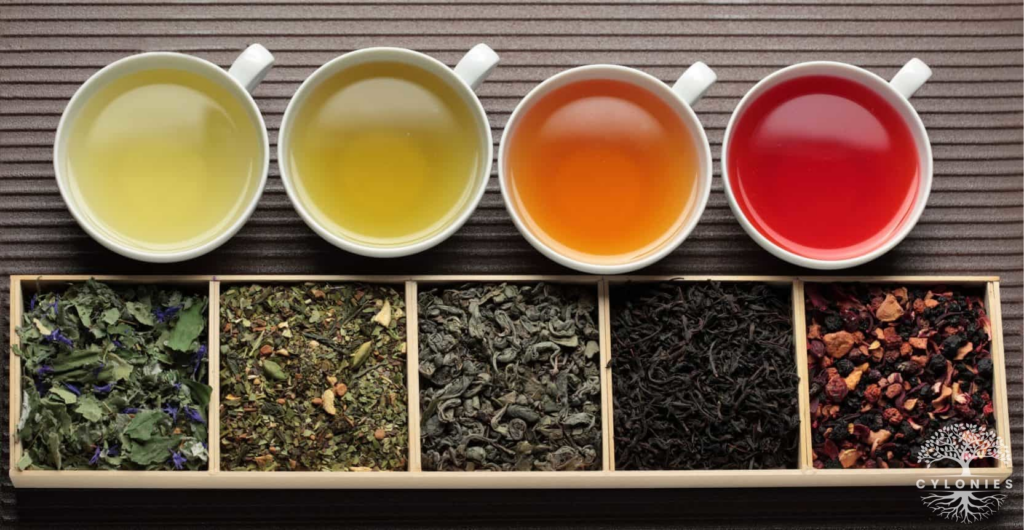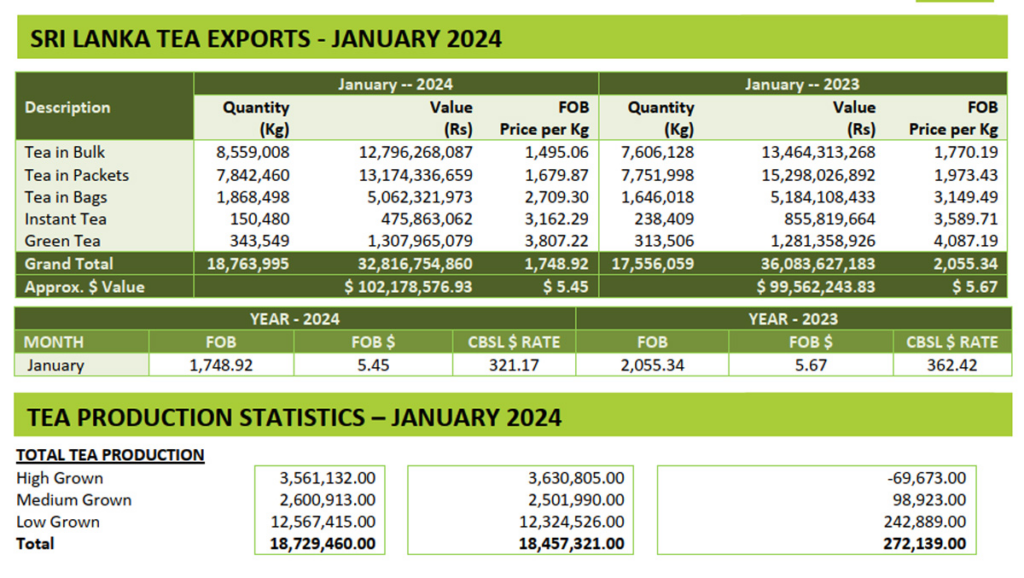
Sri Lanka tea plantation is a term that resonates deeply within the world of tea enthusiasts, connoisseurs, and casual drinkers alike. Known for its rich history and exceptional quality, Sri Lanka has earned its place as one of the leading tea producers globally. The unique climate, diverse geography, and traditional methods of cultivation contribute to the distinct flavors and aromas of Sri Lankan tea. This article delves into the various aspects that set Sri Lanka’s tea plantations apart, making them a treasure trove for tea lovers and a vital part of the country’s economy.
The Climate and Geography of Sri Lanka Tea Plantations
The unique climate of Sri Lanka plays a crucial role in the distinctiveness of its tea plantations. Located near the equator, the island experiences a tropical climate with two monsoon seasons that provide ample rainfall throughout the year. The varying altitudes—from the lowland plains to the high mountain ranges—create microclimates that significantly influence the characteristics of the tea produced. For instance, tea grown in the higher elevations tends to be lighter in flavor and has a more delicate aroma, while those cultivated in lower regions are often richer and more robust.

Moreover, the diverse geological features of Sri Lanka contribute to the uniqueness of its tea. The island is home to several renowned tea-growing regions, including Nuwara Eliya, Dimbulla, and Uva. Each area offers distinct soil types and elevations, which in turn affect the flavor profile of the tea. The high-quality tea produced in these regions is often marketed as Ceylon tea, a name synonymous with excellence in the global tea market.
Traditional Cultivation Practices in Sri Lanka Tea Plantations
Sri Lanka tea plantation practices are steeped in tradition, with many families engaging in cultivation for generations. The methods employed by Sri Lankan tea farmers prioritize sustainability and environmental stewardship. Most plantations utilize manual labor for picking tea leaves, ensuring that only the finest buds are harvested. This not only enhances the quality of the tea but also supports local communities by providing employment opportunities.

Additionally, many Sri Lankan tea plantations follow organic farming practices, eschewing synthetic fertilizers and pesticides. This commitment to environmentally friendly practices appeals to health-conscious consumers and enhances the overall quality of the tea. The result is a product that is not only exceptional in flavor but also produced in a manner that is beneficial to the environment.
The Unique Varieties of Sri Lankan Tea
Sri Lanka is home to a variety of tea types, each offering a unique taste and aroma. The most prominent varieties include black tea, green tea, and white tea, with Ceylon black tea being the most famous. Ceylon black tea is known for its bright color and brisk flavor, which is a result of the high-altitude growing conditions and meticulous processing methods.

Green tea from Sri Lanka has also gained popularity, particularly among health-conscious consumers. The leaves are quickly steamed or pan-fired to preserve their green color and fresh flavor, resulting in a beverage that is rich in antioxidants. White tea, made from the young buds and leaves, offers a delicate flavor and is considered one of the most exclusive teas globally. Each variety showcases the unique terroir of the region, making Sri Lankan tea plantations a hub of diversity.
The Economic Impact of Sri Lanka Tea Plantations
The tea industry is a cornerstone of the Sri Lankan economy, contributing significantly to the nation’s export revenues. As one of the largest tea producers in the world, Sri Lanka exports a substantial volume of tea each year, with Ceylon tea being highly sought after in international markets. The economic impact of tea cultivation goes beyond exports; it also supports a vast network of workers, from planters and pickers to processors and exporters.

Furthermore, the tea plantations play a vital role in rural development. Many plantation workers are part of communities that rely heavily on tea for their livelihoods. By promoting fair trade practices and improving working conditions, Sri Lanka’s tea industry can ensure the welfare of its workers and foster sustainable development in these communities. This interconnectedness highlights the importance of the Sri Lankan tea plantation not just as an agricultural endeavor, but as a social and economic lifeline.
The Cultural Significance of Sri Lanka Tea Plantations
Sri Lankan tea plantations are not just significant for their economic contributions; they also hold immense cultural value. Tea is an integral part of Sri Lankan life, serving as a symbol of hospitality and community. The traditional practice of tea drinking is deeply rooted in Sri Lankan culture, with many families enjoying tea together throughout the day.
Moreover, the annual tea festivals celebrate the rich heritage and history of tea cultivation in the country. These events attract tourists and locals alike, showcasing the art of tea making and offering tastings of various tea types. By promoting awareness of tea culture, Sri Lanka reinforces its identity as a premier tea-producing nation, fostering pride among its citizens and enhancing its international reputation.
Conclusion
In summary, the Sri Lanka tea plantation is a unique and vital element of both the country’s economy and cultural identity. From its exceptional climate and geography to traditional cultivation practices and diverse tea varieties, Sri Lanka stands out in the world of tea. The economic impact of tea production and its cultural significance further emphasize the importance of these plantations. As the global demand for high-quality tea continues to rise, Sri Lanka’s tea plantations will undoubtedly remain at the forefront, captivating tea lovers worldwide.
FAQ
What types of tea are produced in Sri Lanka?
Sri Lanka produces various types of tea, including black tea, green tea, and white tea. Ceylon black tea is particularly renowned for its rich flavor and quality.
How does the climate affect the taste of Sri Lankan tea?
The unique tropical climate and varying altitudes in Sri Lanka create microclimates that influence the flavor profile of the tea. Higher elevations typically yield lighter, more aromatic teas, while lower regions produce richer, robust varieties.
What are the benefits of organic tea cultivation in Sri Lanka?
Organic tea cultivation in Sri Lanka promotes environmental sustainability by avoiding synthetic fertilizers and pesticides. It also appeals to health-conscious consumers looking for high-quality, chemical-free tea options.



